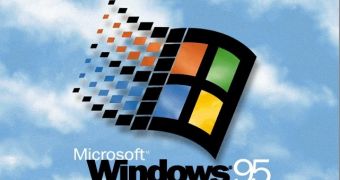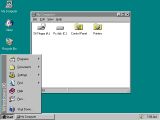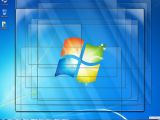It was almost 14 years after the initial introduction of the Start button and menu that Microsoft signed off on the latest Windows client containing a revamped Windows Aero graphical user interface. It was on August 24, 1995 that the Redmond-based company released Windows 95, taking the Windows GUI to another level, and, in fact, building the foundation of the desktop user experience for the Windows platform that would survive until the advent of Windows 7, released to manufacturing on July 22, 2009.
During development, Windows 95 was codenamed Chicago, another aspect that has changed dramatically with the advent of Windows Vista’s successor. As far as Windows 7 is concerned, the codename and the official brand are one and the same, and Microsoft is already hard at work planning the next iteration of the Windows client, under the Windows 8 moniker.
Back in 1995, the launch of Windows 95 marked the availability of the most successful operating system produced by the software giant until that time. On October 22, 2009, Microsoft will enter another stage in the evolution of Windows, as Windows 7 will hit the shelves, with all signs pointing to it also being a success months ahead of General Availability.
The Start button was considered necessary in Windows 95, including using the “Start” term in order to indicate to end users the best place from which to start using the operating system. The Start button survived all the way into Windows XP SP3, only to be transformed into the Vista orb. Windows 7 takes the Start sphere one step further with the addition of new effects.
But while the concept of the Start button has remained virtually unchanged, the Taskbar’s evolution has been more consistent. In Windows 7, Microsoft killed the Quick Launch area, which did not exist in Windows 95, and closely integrated the Taskbar with Windows Aero, dubbing the feature the Superbar. The Windows 7 Superbar offers users Aero Peek, Live Thumbnail Previews and Jumplists, an overhauled notifications area, task progress updates, eye-candy color effects, and Quick Launch functionality. It took the Redmond-based company 14 years to get to it.

 14 DAY TRIAL //
14 DAY TRIAL // 

